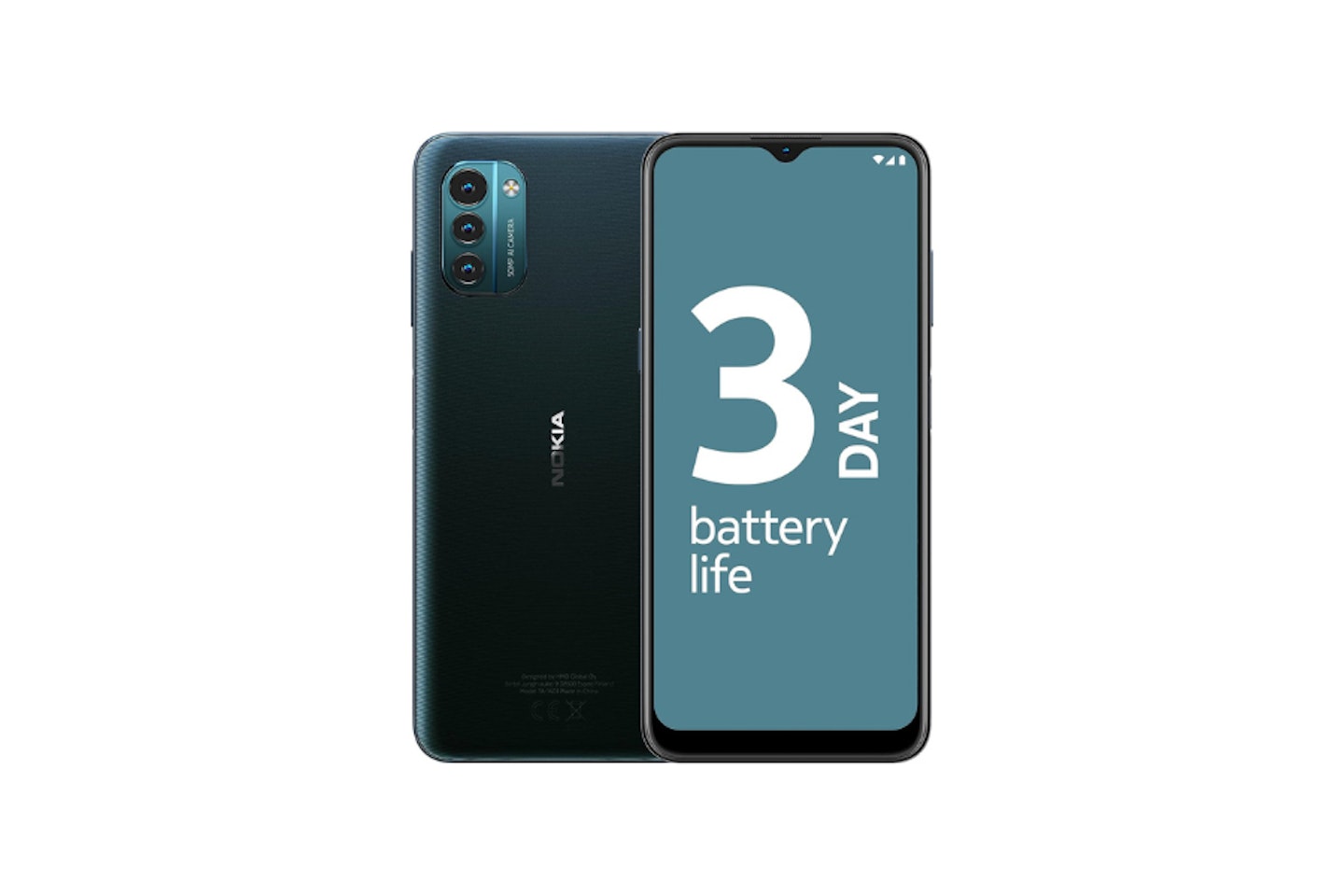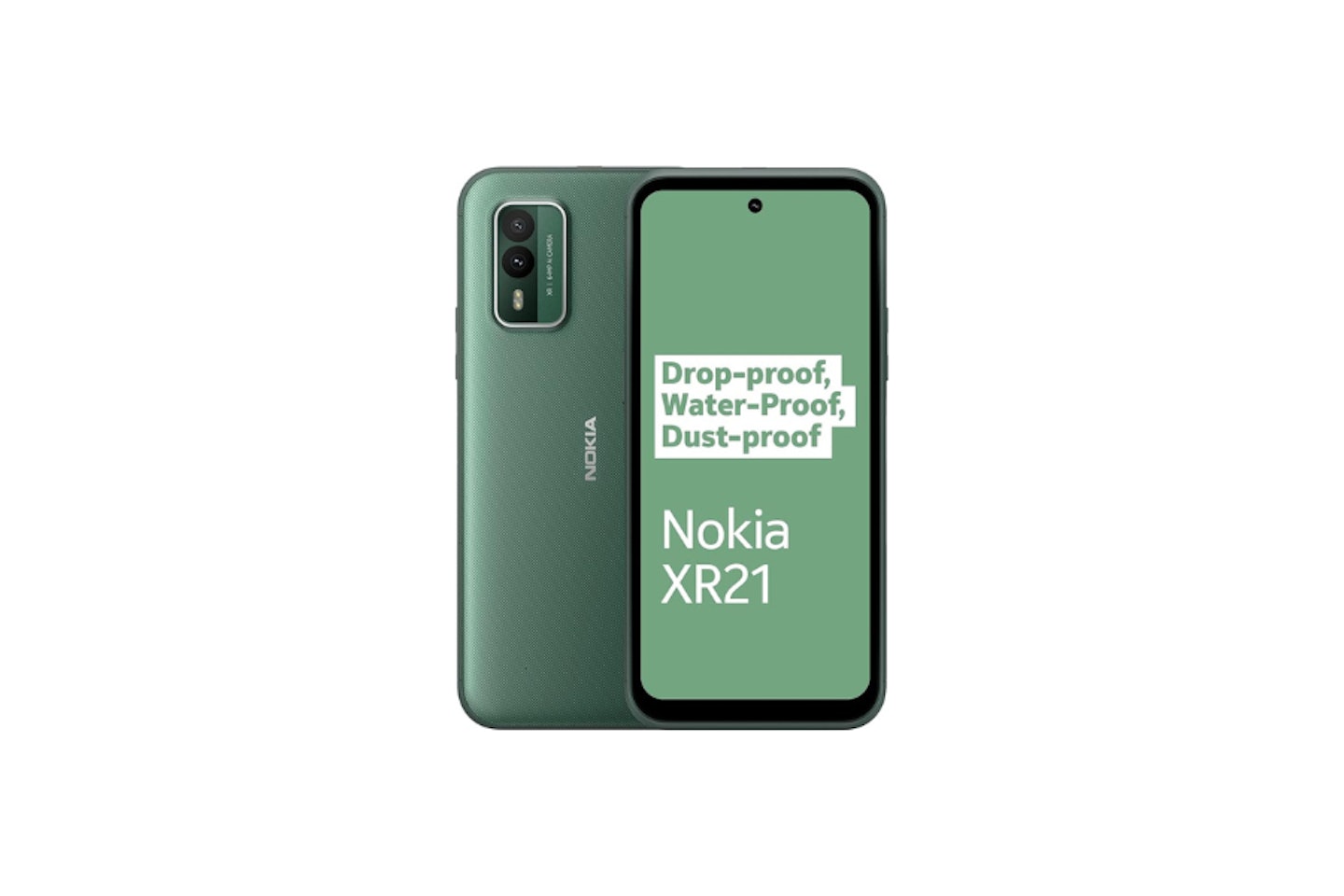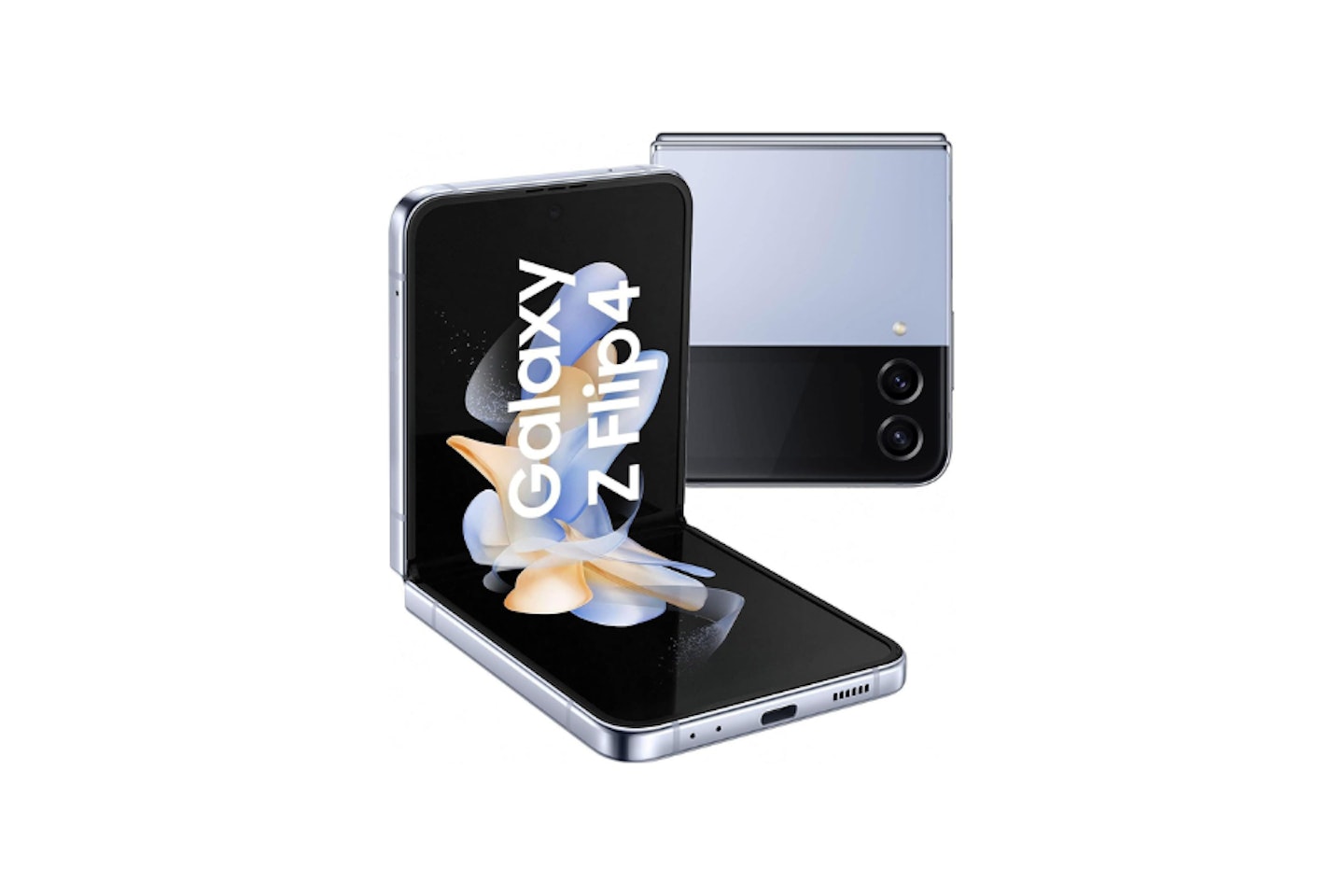Going where few phones have boldly gone before, the Google Pixel 8 is a breath of fresh air in an otherwise unchanging market of incremental upgrades, giving Google fans a truly next-generation smartphone that's more than worth its price - it's one of the best phones on the market right now. And it's currently with a 21 percent discount at Amazon, saving you £144.
Packed with wonderful, alluring and refreshing features designed to make your user experience as comfortable as possible, the Google Pixel 8 is its most brilliant phone yet, but why is it so good?
Ryan Houghton, a tech nerd and smartphone enthusiast, has spent a good deal of time getting to grips with this magnificent mid-budget smartphone, having awaited its release with bated breath.
Thus, diving into the nitty gritty specs, my overall user experience and the phone's truly next-level features, I've documented my journey with the Google Pixel 8 to give you, dear reader, my unfiltered thoughts on this delightful smartphone.
You can also read our review of the Google Pixel 7 Pro here.
Save £150 today
Pros
- Excellent smart features
- Honed and perfected design from the Google Pixel 7
- Affordable and well-made for its price
- Wonderful photography made even more impressive with AI
Cons
- UI navigation can take some time to accustom to
- Battery life is decent, but not exceptional
| Display: | OLED, 120Hz, HDR10+, 1400 nits |
| Screen size: | 6.2-inch, 1080 x 2400 pixels |
| OS: | Android 14 |
| Chipset: | Google Tensor G3 |
| Rear camera(s): | 50MP (wide), 12MP (ultrawide) |
| Selfie camera: | 10.5MP |
| Features: | Fingerprint (under display, optical), accelerometer, gyro, proximity, compass, barometer |
| Battery life: | Up to two days (with moderate use) |
- Customer review: "A fantastic smartphone that offers a great balance of speed, efficiency, and battery life."
First impressions
Opening the box, immediately the Google Pixel 8 strikes you with its impressive, modern aesthetic. Ultra slim bezels create a screen that's sheer and immersive, the illusion of the screen only slightly interrupted by the front-facing camera.
I got my hands on the 'Hazel' model, which only builds upon the Pixel 8's modern allure. Its back is made of a blend of plastic, recycled aluminium and glass, giving it a glossy hand-feel. Paired with its much more rounded corners than its predecessor, the Google Pixel 7, the Google team has placed the user experience centrefold on the Google Pixel 8 - which is not only apparent in its form but also its function.
Inside the box, there was a USB Type-C to USB Type-C cable, as well as a quick switch adapter, which allows users to transfer data between smartphones of differing brands, as well as other personal devices with ease.
Gone are the days when smartphones were released with an actual plug to charge them; instead Google charges £25 for its fairly standard charger.
Booting up the Google Pixel 8 for the first time, there's certainly an air of excitement to this brand-new smartphone. In-hand, I found the haptics (that is the phone's responsiveness to touch) to be crisp and powerful, which gave almost every interaction a subtle ergonomic feel. Switching in-between tabs in particular has a delightfully understated vibration response, giving a particularly immediate air of quality to the Google Pixel 8 out of the box.
Paired with haptic vibrations, the Pixel 8's 120Hz refresh rate screen felt silky-smooth to the touch, and considering that even the iPhone 15, a phone that is over £300 more expensive doesn't even have a refresh rate of the Pixel 8's calibre, it's certainly a nice surprise.
For some users, the look of the Google Pixel 8's camera bar is controversial, since the phone doesn't sit flush, but it's actually quite brilliant. This signature mainstay design feature of Google Pixel phones, the camera bar helps users avoid any fingers appearing in the frame of photos, which I think is quite amazing.
The Google Pixel 8's camera bar has a wonderful matte finish too, so there's no chance of scratching while you're on the go.
Upon booting up the Google Pixel 8 you're quickly confronted with numerous instruction pages for using the phone's many features, with more revealing themselves during use. Initially, even as a tech enthusiast, I felt a little overwhelmed. Being accustomed to Apple and Samsung's simplified, intuitive navigation methods, the Google Pixel 8 had me scratching my head a couple of times when trying to figure out how to perform some basic functions. After perusing the manual back and forth, however, I gradually began to feel comfortable with the Pixel 8's layout.
All in all, my immediate first impressions of the Google Pixel 8 were solid; impressively well-made, responsive and ergonomically manufactured in a way that quickly felt like quality.
Performance: the Tensor G3 chip
Becoming familiar with the ins and outs of the Google Pixel 8 itself, you'll quickly realise just how good of a phone it is at its price.
The brain of the Google Pixel 8 is Google's latest Tensor G3 chip, and it certainly doesn't disappoint. Packed with AI that's "over 150 times more powerful than even the most complex model on Pixel 7 just a year ago", according to a recent Google Blog post, the Pixel 8's user experience has never been smarter.
Using generative AI technology, that's Artificial Intelligence which generates text, audio, images and more, Google has dramatically enhanced the capabilities of a massive range of features on the latest Pixel phone. With better voice recognition, stronger camera features, and better security, there's a huge range of advantages from the Google Pixel 8's speedier chipset.
A huge selling point for the Pixel 8 is its breakthrough support from Google, which promises a whopping seven years of updates for the Pixel 8, reducing the need for eager customers to upgrade their phones every couple of years or so. I personally believe this is one of the biggest user-friendly moves any tech manufacturer has made, it's a real step in the right direction for Google, and the phone market as a whole.
As for actual power, the Tensor G3 chip is in a league of its own at its price. Reaching a solid 60FPS in a variety of games whilst comfortably sitting at 45FPS+ in some of the most demanding games, such as Genshin Impact, you really couldn't wish for better performance in a smartphone at its price.
Gaming
Despite not being the prettiest, or most graphically demanding game, I tested the Google Pixel 8 with the most popular mobile game of all time; PlayerUnknown's Battlegrounds, or PUBG.
Simple graphics but requiring snap precision and responsiveness from your phone, PUBG's fast-paced, heart-pumping action never dropped performance, solidly running at 60FPS. Controls were sharp, giving me perfect control whilst aiming, I had no problems enjoying PUBG, the Google Pixel 8 can certainly handle its gaming.
I did feel the Pixel 8 build-up in heat during gameplay, undoubtedly a result of _PUBG'_s intensive multiplayer combat and sizeable map, but this never became bothersome. Should you play for a significant amount of time, however, you might become concerned at the heat of the smartphone itself.
Battery life
The battery life of the Google Pixel 8 was initially quite impressive, with casual use lasting just short of two days of use without charge. Whilst gaming, however, I did notice a significant drain on battery life during heavy use. The Google Pixel 8 has experienced overheating problems with some users, which certainly contributes to battery draining, despite my personal testing never being hindered by high heat.
Battery life, however, did take a hit during gaming, which is to be expected, but doesn't give those looking for long-lasting gaming sessions much hope.
Screen
Casual scrolling through social media looks and feels sharp, responding well to minute screen taps and quick navigation extremely well.
Visually, the Google Pixel 8's slightly old-school 1080 x 2400p resolution isn't particularly exceptional, but it certainly isn't ugly by a long stretch. Paired with OLED technology, the Pixel 8 is capable of impressive visuals, which I particularly noticed whilst trialling the phone's built-in wallpapers and colourful clock presets.
Watching Netflix on the Pixel 8 to truly test its graphical capabilities, I found the screen to be solid - but not too impressive for its budget. Google's full-HD screen is satisfying to watch, with plenty of warmth and well-balanced brightness, but there are certainly better phones visually on the market.
Audio
As for audio, I was immediately taken aback by the sheer volume of the Google Pixel 8 after switching from my trusty iPhone 12. Sound has a bassy, volume-heavy quality that lacks balance and precision, especially at higher volumes - but is nonetheless impressive at its price.
The Google Pixel 8 has some built-in spatial audio presets for users of the Google Pixel Buds A earbuds, which is great for audiophiles, cinematic enthusiasts and gamers alike, but doesn't add much for those planning on using the phone without them.
Photography
Perhaps the main selling point of the Google Pixel 8, the 50MP dual camera is undoubtedly excellent, with plenty of exciting developments in photo technology that'll give you the perfect shot you've been looking for.
Taken during the dreary, dark winter in the UK, I rarely had the chance to capture a sunny day, full of colour and vibrancy. Instead, I gave the Google Pixel 8 a true test; miserable weather and poor natural lighting. The result? I was pleasantly surprised.
Taking several photos in my garden, you'll notice the warmth and detail of the leaves, and the overall liveliness despite the weather's best efforts. Without any tweaking with the ocean of AI-assisted tools at your disposal on the Google Pixel 8 (we'll get to those in a moment), the camera quality is great.
And then there's the camera's tools tab - which is brimming with terrific tech to toy with, most notably, the Pixel 8's Magic Eraser tool.
Erasing background objects, shadows and more is simple, intuitive, and fun. Simply circle the object you want removed, and it's gone (with some tweaking with shadows after). But that's not all; camouflage background images, combine images to create your best photo, where everyone's looking at the camera, move people around in the photo - these tools are downright impressive and are a massive upgrade from last year's Pixel 7.
As you can see in the above photo, erasing isn't exactly perfect, it's especially difficult to erase finer details, but its nonetheless impressive to use and offers photographers a whole new range of possibilities to get the perfect shot.
Pixel AI: voice recognition and smart features
Google's Pixel AI has had an upgrade this year thanks to some significant breakthroughs in AI technology, and the difference from last year's Pixel 7 is night and day.
Phenomenal voice recognition, Smart Reply technology which assists with responding to messages and even an AI phone voice to screen and respond to spam calls - this is the phone of the future.
I particularly love Google's even smarter Google Lens, which recognises products, animals, plants and technology, searching the web for all of the information you need.
For travelling users, point the Google Pixel 8 at text you can't understand and it'll translate for you. Here, I've used handwritten Greek to truly challenge the phone's recognition abilities, and I was not disappointed.
There are so many features that the Google Pixel 8 has in store for users, it's downright impressive just how much this phone can do, just prepare yourself to consult the onboard Pixel Tips guide frequently.
Any downsides?
The Google Pixel 8 is a brilliant phone, there's no denying it - but with new advancements in technology there are definitely shortcomings.
For switching users arriving from other Android phones, there's a lack of intuitiveness with certain functions. The Google Pixel 8 has so many smart features built-in, it includes an already downloaded Pixel Tips app which goes through each and every sparkly new technology it has. Whilst this is a godsend for new users, it can certainly take some time to get used to.
Then there's the Pixel 8's storage, which is unfortunately capped at 256GB. Plenty for most, but for those planning on using the Pixel 8 for years to come, you might want to upgrade after you've exhausted your storage to its entirety.
For many, the Pixel 8's battery life also appears to be disappointing after heavy use, despite moderate use lasting almost two days. Be prepared for some heat and a sudden battery drop-off if you're deep into a gaming session.
Pros
- Excellent smart features
- Honed and perfected design from the Google Pixel 7
- Affordable and well-made for its price
- Wonderful photography made even more impressive with AI
Cons
- UI navigation can take some time to accustom to
- Battery life is decent, but not exceptional
| Display: | OLED, 120Hz, HDR10+, 1400 nits |
| Screen size: | 6.2-inch, 1080 x 2400 pixels |
| OS: | Android 14 |
| Chipset: | Google Tensor G3 |
| Rear camera(s): | 50MP (wide), 12MP (ultrawide) |
| Selfie camera: | 10.5MP |
| Features: | Fingerprint (under display, optical), accelerometer, gyro, proximity, compass, barometer |
| Battery life: | Up to two days (with moderate use) |
- Customer review: "A fantastic smartphone that offers a great balance of speed, efficiency, and battery life."
Nitpicking aside, the Google Pixel 8 is a breath of fresh air in the smartphone market - its array of tech features, gorgeous photography, and slick design far exceed its price, and then some.
Solid battery life that does experience a fairly significant drop-off whilst gaming or using demanding apps, general day-to-day use is pretty impeccable on the Google Pixel 8, and its wealth of smart features makes each day a little simpler and convenient.
The standard 1080p full-HD display is good and is made great by some strong OLED visuals and its 120Hz refresh rate, but it isn't quite as sharp as its competition.
Audio is also solid but suffers from some distortion at higher volumes compared to its higher-end Apple phone competition.
Built to last, both through its tough build quality and its seven-year update support, the Google Pixel 8 is in a league of its own when it comes to sheer value.
More items to consider
The perfect option for those looking for something extraordinary, Samsung's gorgeous Flip4 smartphone has one of the best folding screens on the market and is packed with amazing smart features to keep you more than satisfied.
Check out our hands-on review of the Samsung Flip4 and give yourself an insight into what makes this phone truly special.
Pros
- Amazing folding screen
- Intuitive design
- Rear interactive screen looks fantastic
Cons
- Cameras aren't amazingly powerful
4.
Nokia G21

A bold step in the budget smartphone range, the Nokia G21 is a solid, solid smartphone with lots to offer despite it's ultra-low price.
If you're in the market for a new phone and don't have the funds for a Google Pixel 8, we'd recommend reading our Nokia G21 review and seeing just what you get for your money.
Read our full Nokia G21 review
Pros
- Good battery life
- Reliable performance
- Affordable
Cons
- Lacklustre camera quality

A tough, rugged phone that's perfect for battling the slopes of mountains, diving into deep waters or surviving the ins and outs of the daily commute, the Nokia XR21 is built to survive.
Highly waterproof, dustproof and packed with battery life, you won't believe how great this phone is. Read our review and learn just how tough this phone is.
Read our full Nokia XR21 review
Pros
- Tough phone build quality
- Great battery life
- Good storage
Cons
- Disappointing camera
Ryan Houghton is a commercial content writer for What’s The Best, known best for his expertise in gaming, with a particular soft spot for PC gaming, audio tech, televisions and smartphones.
Diligently writing for What’s The Best for almost two years, there are very few tech products Ryan hasn’t had his hands on to review; televisions, headphones, folding phones and even LEGO, if it’s nerdy, he’ll be there.
His well-versed history as one of the resident techies at What’s The Best has kept him keen to uncover the very best deals, savings and offers for those in need of a cracking deal to upgrade their setup.
In his downtime, Ryan most likely has his nose buried in a fantasy book, or his eyes glued to a screen whilst playing a tough-as-nails Soulslike or leisurely RPG, indulging in most forms of escapism where possible.
Subscribe to the What’s The Best Newsletter to keep up to date with more of the latest reviews and recommendations from the rest of the What’s The Best team.
